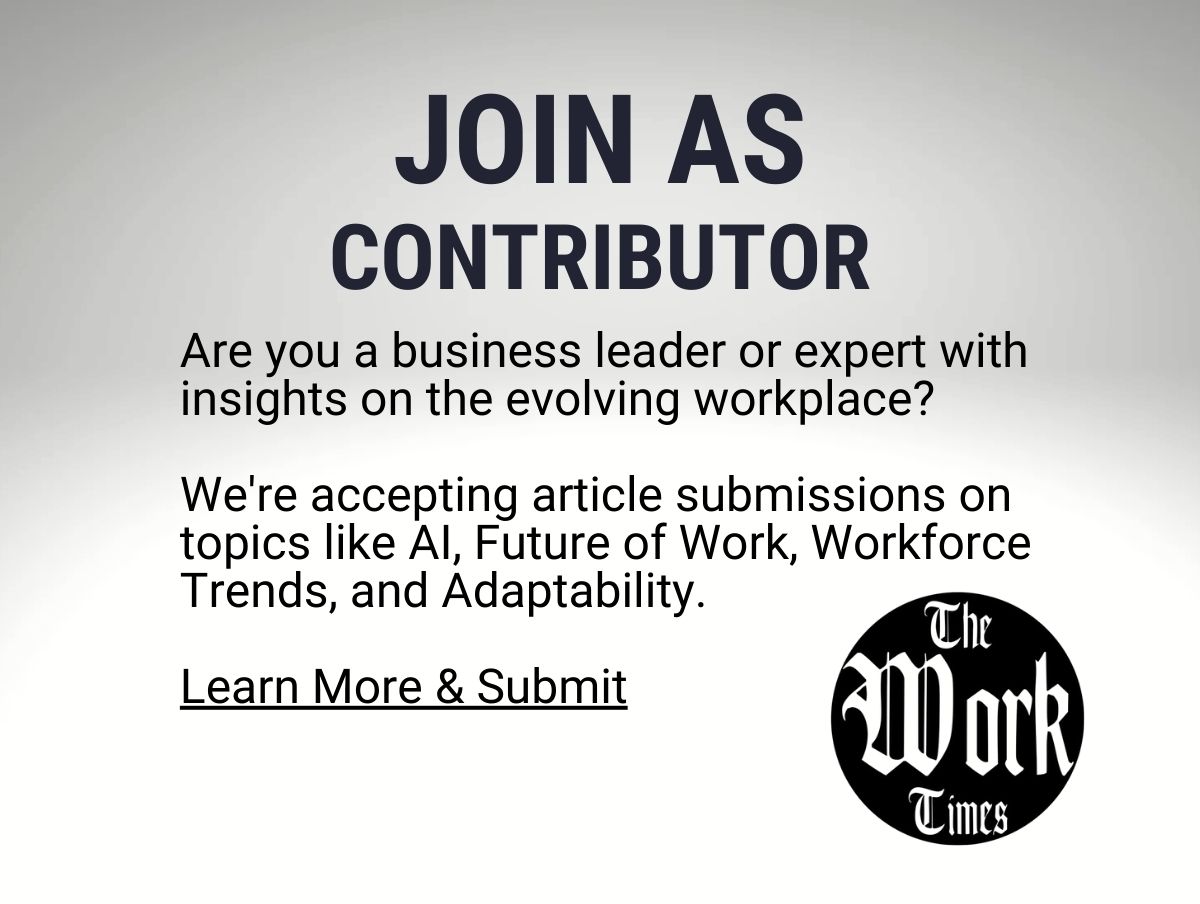In 1877, two French psychiatrists described a bizarre and unsettling phenomenon: Folie à deux—a psychological condition in which one person’s delusion becomes so persuasive that another adopts it entirely, no matter how irrational. The illness doesn’t spread like a virus; it spreads through trust, repetition, and a shared illusion of certainty. Now, nearly 150 years later, we’re seeing a similar pattern—not in psychiatric clinics, but in chat windows lit by the glow of artificial intelligence. A user types a fuzzy question into a language model. The AI responds, confidently—if not correctly. Encouraged, the user asks a follow-up. The AI elaborates. Confidence compounds. Depth increases. And before long, the two are engaged in a well-mannered, grammatically pristine, mutually reinforced hallucination. We are no longer in a conversation. We’re in a delusion—with punctuation.
The Curiosity Trap in AI Conversations
In 19th-century France, doctors documented a strange psychiatric phenomenon called Folie à deux—“madness shared by two.” One individual, often more dominant, suffers from a delusion. The other, often more passive, absorbs and begins to live that delusion as reality. Together, they reinforce it until it becomes their shared truth.
Fast-forward to 2025, and we’re witnessing a curious digital variant of this disorder—not between two people, but between humans and machines. One curious mind. One large language model. A poorly phrased question. A plausible-sounding answer. And before you know it, both are locked in a confident, recursive exchange that drifts steadily from truth.
Welcome to the quiet trap of AI conversations.
The Art of Asking Wrong
We humans have always been enamored with questions. But our fascination with asking often outpaces our discipline in framing. We throw problems at AI like spaghetti at the wall—half-formed, overly broad, occasionally seasoned with jargon—and marvel when something sticks.
Take this example: someone types into GPT, “Write a pitch deck for my AI startup.”
No context. No audience. No problem statement. No differentiation. Just a prompt.
What comes back is often impressive—slides titled “Market Opportunity,” “Team Strength,” and “Go-to-Market Strategy.” Bullet points sparkle with buzzwords. You start nodding. It feels like progress.
But here’s the problem: it’s not your pitch deck. It’s an amalgam of a thousand other hallucinated decks, stitched together with language that flatters more than it informs. And because it “sounds right,” you follow the output with another request: “Can you elaborate on the competitive advantage?” Then another. Then another.
This isn’t co-creation. It’s co-delusion.
The Mirage of Momentum
There’s a reason why desert travelers often chase mirages. Heat and exhaustion trick the brain. What you want to see becomes what you think you see. AI chats work similarly. Each response feels like movement—more insight, more refinement, more polish.
But what if the original question was misaligned?
Much like a GPS navigation error that starts with a single wrong turn, each successive prompt leads you further from your destination while making you feel increasingly confident that you’re on the right road.
It’s not that AI is misleading you. It’s faithfully reflecting your assumptions—just like the second person in Folie à deux adopts the first’s delusion not because they’re gullible, but because the relationship rewards agreement.
The Infinite Loop of Agreement
The most dangerous AI isn’t the one that disagrees with you. It’s the one that agrees too easily.
Humans often seek confirmation, not confrontation. In conversation with GPT or any other AI, we tend to reward the outputs that mirror our biases, and ignore those that challenge us. This isn’t unique to AI—it’s human nature amplified by digital fluency.
But here’s where it gets tricky: LLMs are probabilistic parrots. They’re trained to predict what sounds like the right answer, not what is the right answer. They echo, repackage, and smooth over contradictions into narrative comfort food.
So you get looped. Each time you engage, it feels more refined, more intelligent. But intelligence without friction is just a very elegant way of being wrong.
The Ant Mill and the Chat Loop
In nature, there’s a phenomenon called the ant mill. When army ants lose the pheromone trail, they begin to follow each other in a giant circle—each one trusting the path laid by the one in front. The loop can continue for hours, even days, until exhaustion sets in.
Many AI conversations today resemble that ant mill. A user follows a response, the model mirrors the pattern, and together they circle around a narrative that neither initiated, but both now reinforce.
This is not a failure of AI. It’s a failure of intentionality.
The Illusion of Depth
What begins as a spark of curiosity becomes a session of recursive elaboration. More details. More options. More slides. More frameworks. But quantity is not clarity.
You’re not going deeper—you’re going sideways. And every “more” becomes a veil that hides the original lack of precision.
To quote philosopher Ludwig Wittgenstein:
“The limits of my language mean the limits of my world.”
In other words: if you start with a vague prompt, you don’t just limit your answer—you limit your understanding.
The Cliffhanger: A Better Way Exists
So what now? Are we doomed to chat ourselves into digital spirals, polishing hallucinations while mistaking them for insight?
Not quite.
Escaping the Loop—How to Think with AI Without Losing Your Mind
In Part 1, we followed a deceptively familiar trail: one human, one machine, and a poorly framed question that spirals into a confidence-boosting hallucination. This is the modern Folie à deux—a delusion quietly co-authored between a curious user and an agreeable AI.
The deeper you go, the smarter you feel. And that’s precisely the trap.
But all is not lost. Much like Odysseus tying himself to the mast to resist the Sirens’ song, we can engage with AI without falling under its spell. The answer isn’t to abandon AI—it’s to reshape the way we use it.
Let’s talk about how.
1. Ask Less, Think More
Before you ask your next prompt, pause.
Why are you asking this? What are you trying to learn, prove, or solve? Most AI interactions go off the rails because we’re chasing answers without clarifying the question.
Treat GPT the way you’d treat a wise colleague—not as a vending machine for ideas, but as a mirror for your reasoning. Ask yourself:
- Is this a creative question, or an evaluative one?
- Am I seeking novelty, or validation?
- What’s the best-case and worst-case use of the answer I receive?
A vague prompt breeds vague outcomes. A thoughtful prompt opens a real conversation.
2. Don’t Be Afraid of Friction
We are, collectively, too polite with our machines.
When AI offers something that “sounds good,” we nod along, even if it’s off-mark. But real insight lives in disagreement. Start asking:
- “What might be wrong with this answer?”
- “What would someone with the opposite view argue?”
- “What facts would disprove this response?”
This shifts AI from an affirmation engine to a friction engine—exactly what’s needed to break the loop of shared delusion.
Use GPT as a sparring partner, not a psychic.
3. Build in Self-Checks
One of the sneakiest parts of Folie à deux is how reasonable it feels in the moment. To counteract this, install safeguards:
- Reverse Prompting: After GPT gives a response, ask it to critique itself.
- Time Delays: Review AI-generated ideas after a break. Distance creates perspective.
- Human in the Loop: Share AI outputs with a colleague. Fresh eyes reveal what your bias misses.
AI isn’t dangerous because it’s wrong. It’s dangerous because it can sound right while being wrong—and we rarely pause to double-check.
4. Depth Discipline: Know When to Reset
Here’s a subtle pattern we’ve seen in thousands of user interactions: the deeper the AI chat goes, the more confident the user becomes—and the less accurate the outcome often is.
Why? Because each reply builds on the last. By the 10th exchange, the conversation isn’t grounded in reality anymore—it’s nested in assumptions.
The solution: reset after 5 to 10 exchanges.
- Start a new session.
- Reframe your original question from a different angle.
- Ask: “Assume I’m wrong—what would the counterargument look like?”
This practice breaks the momentum of delusion and forces fresh thinking. Think of it like pulling over on a road trip to check if you’re still heading in the right direction—before you end up in a different state entirely.
5. Embrace the Worker1 Mindset
At TAO.ai, we champion a different way of thinking about technology—not as a replacement for human intelligence, but as a catalyst for compassionate, collective intelligence.
We call this philosophy Worker1: the professional who not only grows through AI but uplifts others while doing so.
A Worker1 doesn’t seek perfect answers. They seek better questions. They don’t blindly trust tools—they understand them, challenge them, and integrate them thoughtfully.
The HumanPotentialIndex, our emerging framework, is designed to measure not just productivity gains from AI, but depth, reflection, and ethical judgment in how we apply it. Because strong communities aren’t built by fast answers. They’re built by careful, intentional thinkers.
6. Final Story: Tying Yourself to the Mast
When Odysseus sailed past the Sirens, he didn’t trust his own ability to resist temptation. So he tied himself to the mast, ordered his crew to plug their ears, and passed the danger without succumbing.
That’s what we must do with AI.
Create constraints. Build habits. Design questions that force reflection. Tie ourselves—metaphorically—to the mast of intentional thinking.
Because the danger isn’t in using AI. The danger is in thinking AI can replace our need to think.
There’s a path out of this trap—but it doesn’t start with better prompts. It starts with better questions. And, more importantly, with a mindset that prioritizes dialogue over validation.
We stand at a curious inflection point—not just in the evolution of technology, but in the evolution of thought. Our tools are getting smarter, faster, more fluent. But fluency is not wisdom. The real risk isn’t AI replacing us—it’s AI reflecting us too well, amplifying our unexamined assumptions with elegant precision. Folie à deux reminds us that delusion often feels like alignment—until it’s too late. But with curiosity tempered by clarity, and ambition guided by humility, we can break the loop. The future of work, learning, and growth lies not in machines that think for us, but in systems that help us think better—with each other, and for each other. Let’s not build smarter delusions. Let’s build wiser ecosystems.




























